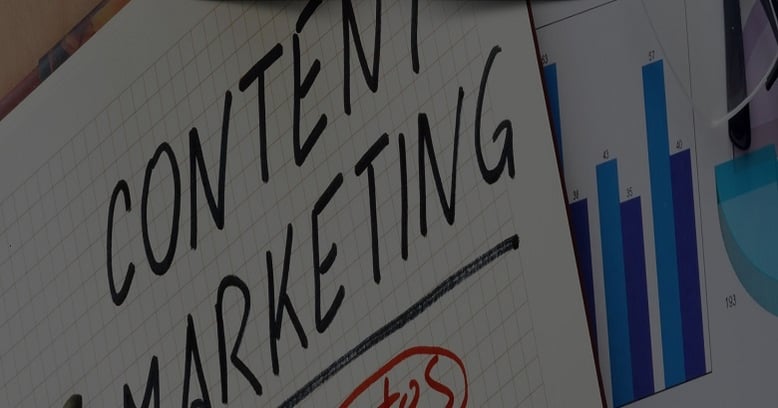
“Content marketing is the wave of the future”, heralds the Content Marketing Institute (CMI). That’s a pretty bold statement, but one that has plenty of evidence to support it. Consumers are getting tired of intrusive online advertising and want to be spoken to on a personal level – hence the rise of content marketing. And the brands that have already embraced it are enjoying 7.8 times more site traffic than those who haven’t. Not only that, but content marketing costs up to 62% less than traditional marketing and generates up to three times as many leads, according to a Demand Metric statistic quoted in the CMI article above. For content marketing to be an effective part of an inbound marketing strategy and as powerful as the data suggests, it needs to be adapted to each stage of the buying funnel. Fail to create content that resonates with your personas wherever they are in the buyers funnel, and your content won’t generate traffic or high quality leads. Let’s take a look at how to get your content right for each stage of the buyers funnel.
Generate awareness and attract visitors with top of funnel content
The first step is to identify your buyers funnel. Haven’t done so yet? You’re not alone: 68% of B2B companies haven’t either, says Marketing Sherpa. Your buyers funnel is made up of different stages based on how far your potential customers, or personas (semi-fictional representations of your ideal customers based on qualitative and quantitative data) are from making a buying decision.
The first stage of the buyers funnel is top of funnel (ToF), or the awareness phase. This is where your personas haven’t yet identified the pain point that your product can solve. You need to create (original) content that helps them become aware of the problem your business can assist them with. As such, there’s little point writing a product guide and expecting them to be interested in it.
Top of funnel content is also designed to draw visitors to your site. This is done through topical, problem or opportunity-focused content. If you’re a cloud hosting business, you might write a blog entitled ‘2016’s Top Tech Trends’, for example – although, the exact topics you create content around need to cover subjects and issues that your personas are interested in. Top of funnel content should make up around 60% of your content marketing, with blogging playing a key role.
The evaluation phase, or middle of the funnel, guides your leads towards finding a solution to their problem
Middle of funnel (MoF) is the next stage of the buyers funnel, also known as the evaluation phase. Here, a potential lead knows exactly what problem they have and are on a mission to find a solution for it. They’re not quite ready to buy, as they’re still weighing up different solutions – including those your competitors can offer them.
As such, your content needs to be solutions-focused: ‘How To’ blogs, video tutorials or online tools like a calculator, checklist or quiz are all effective. If you’re that cloud hosting company, you might also write a blog or design an infographic comparing data management by cloud computing vs. server-based hosting, although you shouldn’t mention what exactly your business offers. The purpose of MoF content is to make your personas realise that they need the solution that your business offers, and it should make up around 30% of your content.
Bottom of funnel content helps your leads make a buying decision
The last part of the funnel is bottom of funnel (BoF), or the conversion phase. At this stage, your personas know that they want to invest in cloud computing, and they’re ready to buy – they just need that small push towards the right brand. This is where product guides about what your brand offers, webinars and free trials come in, making up around 10% of your content with blogging being a lesser factor in the BoF content mix. Digital Marketer have created a visual representation of how content and the buyers funnel work together, here.
Thanks to its cost effectiveness, 73% of organisations are able to outsource their content marketing. If you’ve found this blog insightful and would like to delve further into how a content and inbound marketing strategy can help you generate more leads, download our guide:







